AWS Exec Dirk Didascalou On Making IoT Development More Accessible

Didascalou Says 'IoT Is A Scale Game'
Application development for the Internet of Things isn't just for software developers anymore. Thanks to new tools from Amazon Web Services, like AWS IoT Things Graph, the large cloud service provider is making IoT development more accessible to those with little to no coding experience, according to Dirk Didascalou, vice president of IoT at AWS.
"You still need to have a little bit of technical acumen, so it's not for a seven-year-old," Didascalou said while adding, "it's still for some specialist who understands what he's doing, but he or she doesn't need to be a software developer."
[Related: SAP Launches Leonardo IoT To Meld Physical Data With Business Apps]
IoT Things Graph was among the major IoT announcements AWS made at last year's AWS re:Invent in the company's bid to "remove the cost and complexity of building applications at the edge with rich data sources to drive better business decision-making," as Didascalou said at the time.
In an interview with CRN, Didascalou talked about how these new tools make IoT development more scalable, what opportunities they provide partners and the competitive edge AWS has over Microsoft Azure and Google Cloud when it comes to IoT. What follows are highlights from the interview.
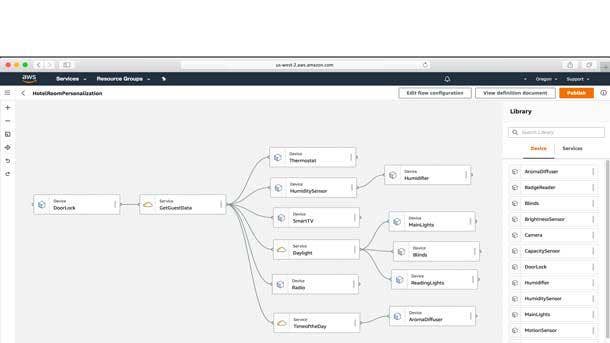
IoT Things Graph A No-Code Developer Tool
IoT Things Graph is a no-code development tool that makes it easier to create IoT applications, thanks to the tool's visual drag-and-drop interface. By getting rid of the need to code, Didascalou said the tool helps lower the barriers for the level of skill required to develop IoT applications.
This means more companies lacking the proper developer resources can take advantage of AWS for IoT, according to the executive. "More companies are now interested in, 'can we actually use this technology to build a better product to optimize my logistics?' and many of them don't have the technical competence when it comes to software development," Didascalou said.
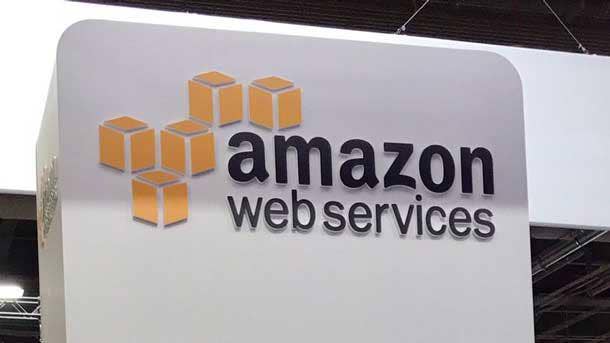
What Easier Development Means For Partners
By making it easier to develop IoT applications, tools like IoT Things Graph open more opportunities for customers to do the work themselves as opposed to relying on AWS partners, according to Didascalou.
"We felt now is the time that there are enough customers who want to do it and who want to do it themselves and who have the domain expertise for their own domain but not for software development, so you can now bring these worlds together" he said.
However, Didascalou said different customers have different needs, so there will always be a need for channel partners to play a role. While there are also larger companies, like iRobot and Bose, that have their own development resources, Didascalou said AWS has customers, "typically bigger enterprise customers who say, 'it's too much to handle all of that, so we really want integrators to help us.'" Other variables, such as regulations, may also require the need for partners, he added.
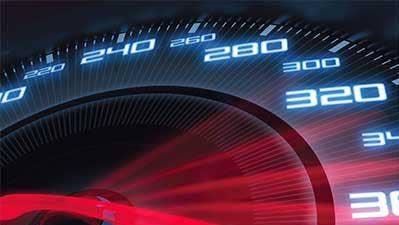
No-Code Tools Can Help Partners Scale Faster
No-code tools like IoT Things Graph isn't just about lowering the skill barrier, however. It's also about enabling customers and partners to scale development faster, Didascalou said. In IoT Things Graph, this is made possible by reusable models that represent different kinds of devices and web services, allowing developers to piece them together and create workflows through the visual interface.
"The trend is, it's less about less code; It's making it as easy as possible for any customer to get started, for those who can code and for those who can't code," he said.

The Addressable Market For IoT Is 'Every Company'
Lowering the skill barrier for IoT development and making it more scalable are important, according to Didascalou, because "the attack surface of IoT just gets bigger and bigger and bigger and therefore you need to offer more and more of these different types of solutions."
"It's just the addressable market is every company, in principle," he said, "but we started with those who have software knowledge and now we go into those who are saying, 'oh I can really use it, even if I don't have software knowledge because I have things and if I know about those things, I can do a lot.'"
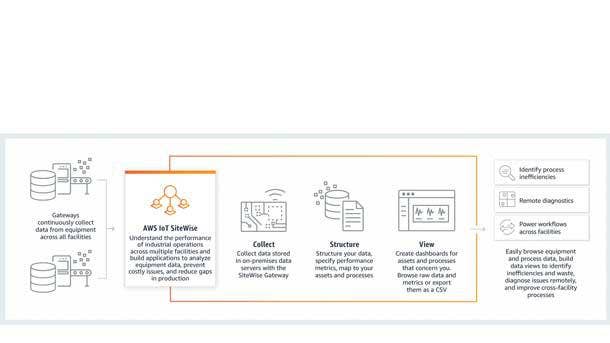
Data Services A Bigger Focus This Year
Beyond providing tools that make it easier to build IoT applications, data services are also becoming a bigger focus for AWS' IoT efforts this year, Didascalou said.
These kinds of services include AWS IoT Analytics, a fully managed service launched last year that automates the most difficult steps required to analyze data coming from IoT devices — such as cleaning up noisy signals — and reduces the barriers for running machine learning algorithms. Other services focus on collecting and processing data include AWS IoT SiteWise, which focuses on plant floor data, and AWS IoT Events, which helps detect and manage sensor events.
Didascalou said the aim of these services is to help businesses make smarter decisions about their operations, whether it's on the manufacturing floor or in consumer devices.
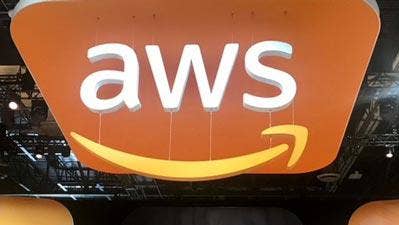
What AWS Has That Azure and Google Cloud Don't
When asked what makes AWS better at IoT than Microsoft Azure or Google Cloud, Didascalou said it comes down to scale, reliability and security.
"I think the biggest difference that we do in AWS are some of the extremely boring basics," he said. "It's very simple for customers to connect a few [things to the internet]. Doing this at hyperscale reliably, securely everywhere in the world is one of the fundamentals that I think differentiates AWS."
Beyond scale, Didascalou said AWS has the broadest IoT offering. "We now can put almost software on a sweet because we have Amazon free RTOS," he said.
In the end, though, the executive said it comes down to trust. "I think IoT is a scale game," Didascalou said. "That's why we put so much effort in security, reliability and scale, because you break this once and then all the trust is gone. So for us, we build it with that mindset from the beginning."